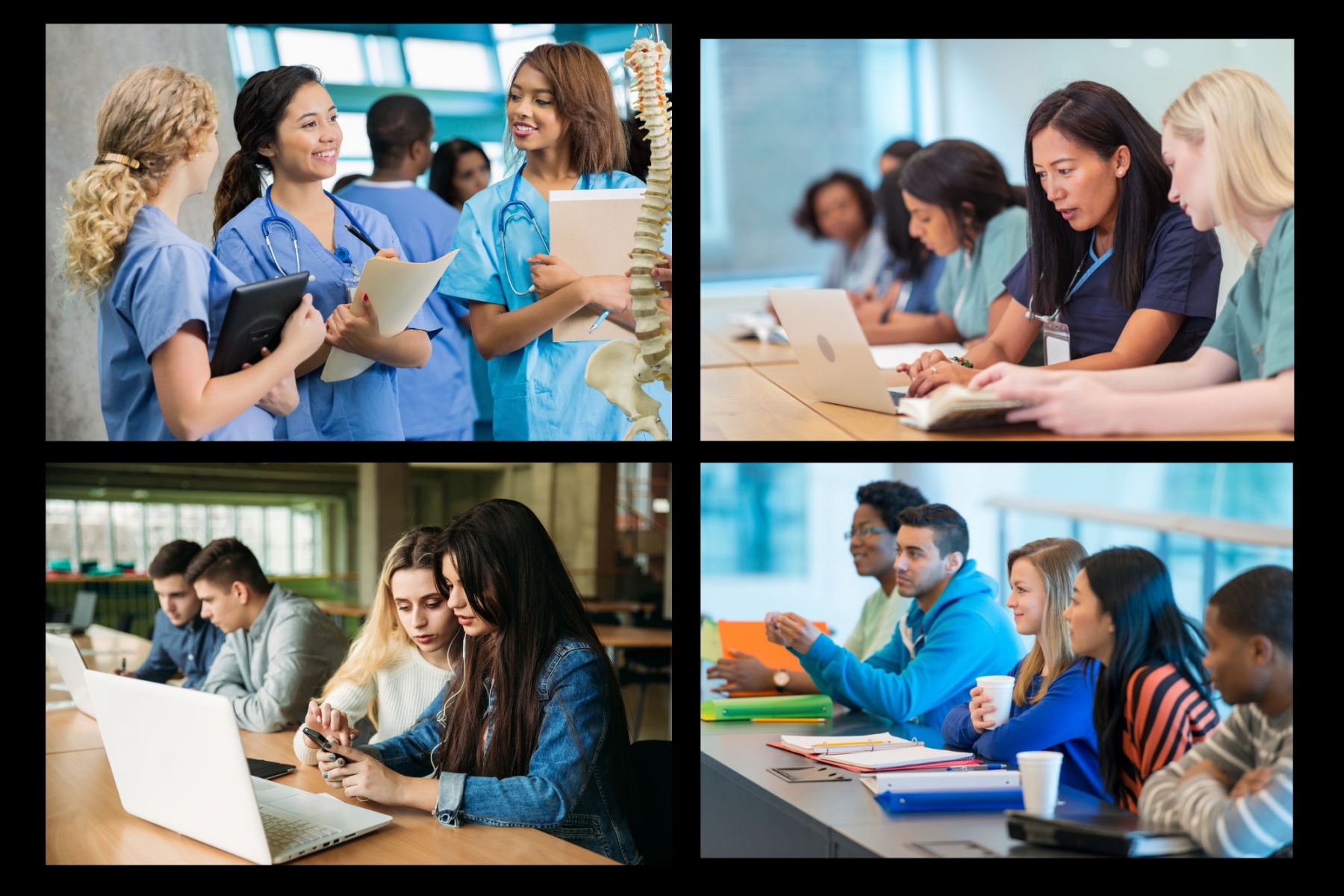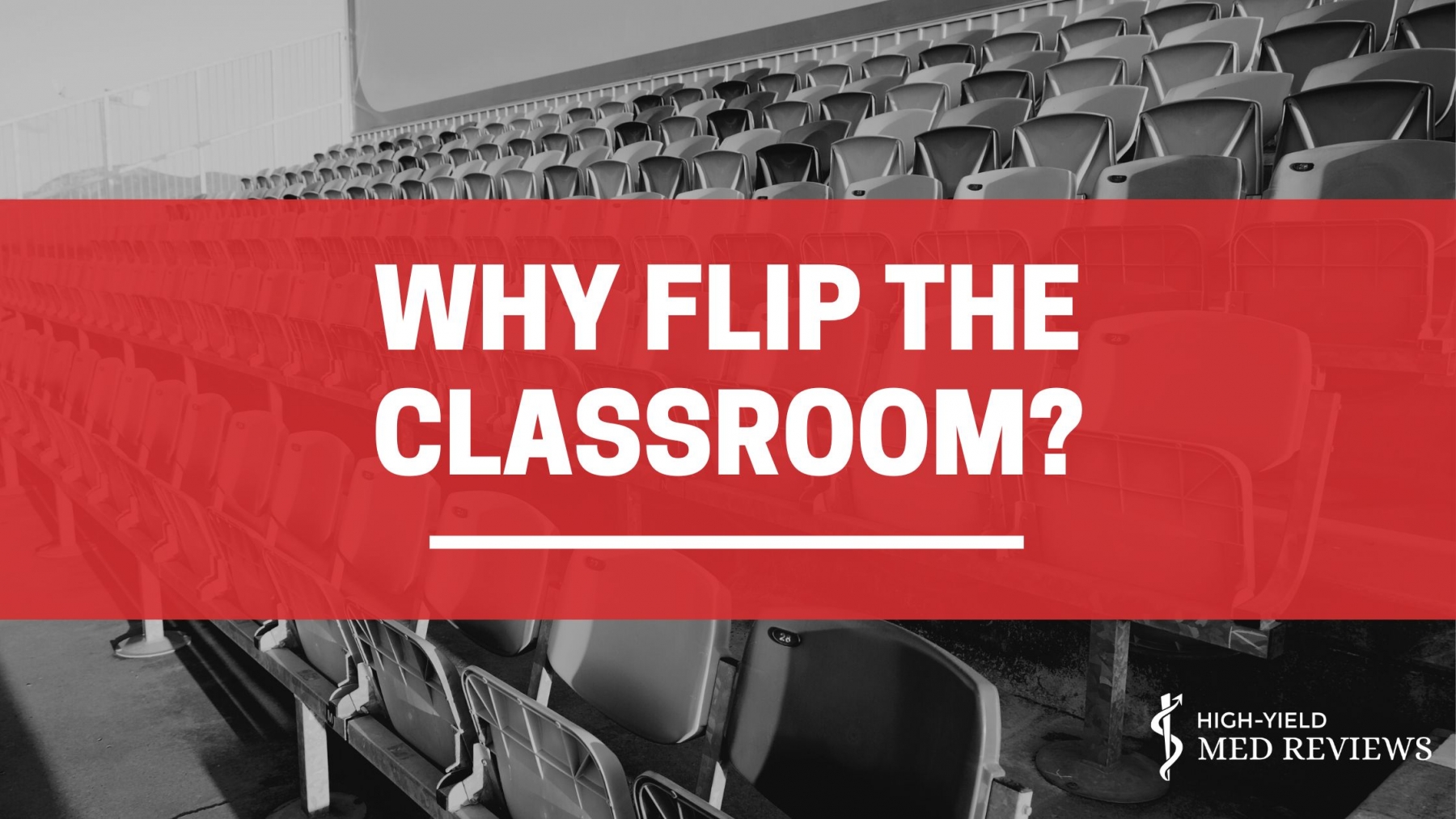Why Flip the Classroom?
When it comes to medical education, whether nursing, pharmacy, or medicine, it is critical that students don't just memorize information they will forget. They must internalize and understand it so they can apply it in clinical practice. Healthcare education isn't just academic, it impacts the wellbeing and outcomes of real patients the student will someday serve.
Healthcare education isn't just academic, it impacts the wellbeing and outcomes of real patients the student will someday serve.
Cognitive research has shown active and collaborative learning allows adult learners to engage with the material in a way that improves knowledge gain and recall abilities. Students need to engage with the material to gain a deeper understanding.[1]
This presents a challenge to faculty who have an ever-growing number of demands on their time and curriculum requirements. How can there be time to carefully and thoroughly cover the core content that students need, and time to engage with the students in discussion and educational activities that allow them to apply critical thinking and collaboration so those concepts become deeply understood knowledge?


One educational approach that has been researched for more than a decade is the flipped classroom model. Simply put, the flipped classroom model is the practice of assigning didactic material to be completed before class (traditionally lecture material), while using face-to-face or course time to engage in active learning activities. The benefits to the learner are both the ability to control the speed and repetition of the core lecture material before class, and the increased opportunities for engagement that lead to more complex understanding and competency. [2]

High-Yield has supported the flipped classroom model for more than a decade, offering focused lecture material for drug classes, disease states, and evidence-based practice through a variety of courses. Students can watch at the speed they choose, pause, and re-watch material as needed, and faculty receive administrative reporting to keep students accountable.
Nurse practitioner programs use the Advanced Pharmacology course to flip their classrooms and elevate their course time. Preceptors assign disease state lectures to NP students on clinical and pharmacy students on APPE rotations, so they come to clinic ready for rounds. Pharmacy schools use the drug class review lectures to lay the foundation in their courses that they build up with learning activities. And, medical residency programs equip their physicians with our Evidence-Based Medicine lecture content to equip them to evaluate their training through the lens of EBM.
What would you do in your class time if you didn't have to lecture?
What would you do in your class time if you didn't have to lecture? Here is a list of a few active learning strategies that are popular in healthcare education.

There is so much opportunity for creativity and interaction in a flipped classroom. We'd love for you to add your favorites in the comments!
[1] https://www.tandfonline.com/doi/abs/10.1080/01421590601176398
[2] https://journals.sagepub.com/doi/full/10.4137/JMECD.S23895#bibr5-JMECD-S23895
You may also like:
What to Expect: The New AACN Essentials Roadmap
High-Yield Products:
For Institutions: Advanced Pharmacology and Clinical Rotation Support for NP Programs
For Institutions: NAPLEX and APPE resources for Pharmacy Programs


